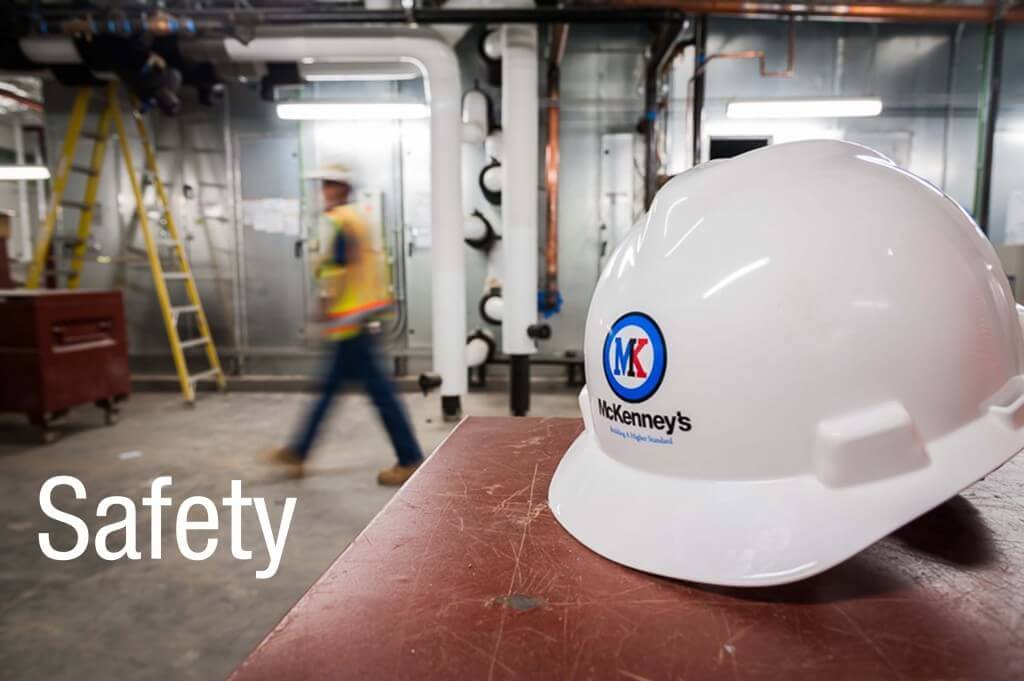
We know that employee engagement boosts productivity, but does it have even farther-reaching effects? Can engagement actually improve workplace safety? Research shows that it absolutely does.
A study by the SHRM Foundation at beverage giant Molson Coors concluded that engaged employees were five times less likely than non-engaged employees to have a safety incident and seven times less likely to have a time-lost safety incident. Statistics and polling group Gallup conducted an extensive meta-analysis of health and safety data in 2016, involving more than 82,000 business units and 1.8 million employees across 230 total organizations and found similar results: Employees and workplaces with high levels of engagement saw fewer workplace accidents than those with lower engagement. Specifically, business units among the top 25 percent of engaged workplaces saw 70 percent fewer incidents than those in the bottom 25 percent.
Given the powerful correlation between employee engagement and safety performance, it is clear that any company that aims to achieve a World-Class Safety standard must also be actively engaging their employees. So how is engagement measured and how can it be improved across an organization? It is important to remember that employee engagement is NOT the same as job satisfaction or job happiness. Engagement is emotional commitment the employee has to their job. An engaged employee is fully invested in their own work and in the company’s success as a whole. While there is no “one size fits all” approach for successful employee engagement, there are four key elements that have emerged as enablers of an effective engagement model.
- Strategic Narrative – Visible, empowering leadership providing a strong strategic narrative about the organization, where it’s come from and where it’s going.
- Engaging Managers – Managers who focus on their people and give them scope, treat them as individuals, coach them and stretch them in their respective roles.
- Employee Voice – Throughout the organization, employees are involved, listened to, and invited to contribute their experience, expertise and ideas.
- Integrity – The values on the wall are reflected in day-to-day behaviors. There is no “say-do” gap. Promises made are promises kept, both internally and externally, or an explanation is given as to why not.
You cannot force people to engage, but you can create an environment that makes people want to engage. A healthy corporate culture that operates with these four key elements in place will be a breeding ground for high engagement. In day-to-day practice, certain specific actions will support this cultural ideal, such as:
- Involve employees in the safety program
- Openly discuss changes
- Keep open lines of communication – be approachable
- Set clear goals/guidelines
- Recognize hard work
- Show compassion
- Offer positive feedback
- Provide the necessary tools
- Invest in employee training and development
- Give purpose – show why the work matters
- Instill a sense of ownership
Once implemented in both broad and specific ways, these practices have the potential to move a company forward as a more engaged – and safer – workplace.
McKenney’s is committed to engaging our employees and Moving Safety Forward.

Have a question for our experts? Leave your comment below and check out our website for more information.
References:
- http://engageforsuccess.org/
- https://www.cashort.com/blog/employee-engagement-is-key-to-improving-workplace-safety
- https://www.totalsafety.com/insights/why-employee-engagement-is-a-key-factor-in-overall-workplace-safety/
- https://www.managers.org.uk/insights/news/2017/january/12-ways-to-foster-amazing-employee-engagement







